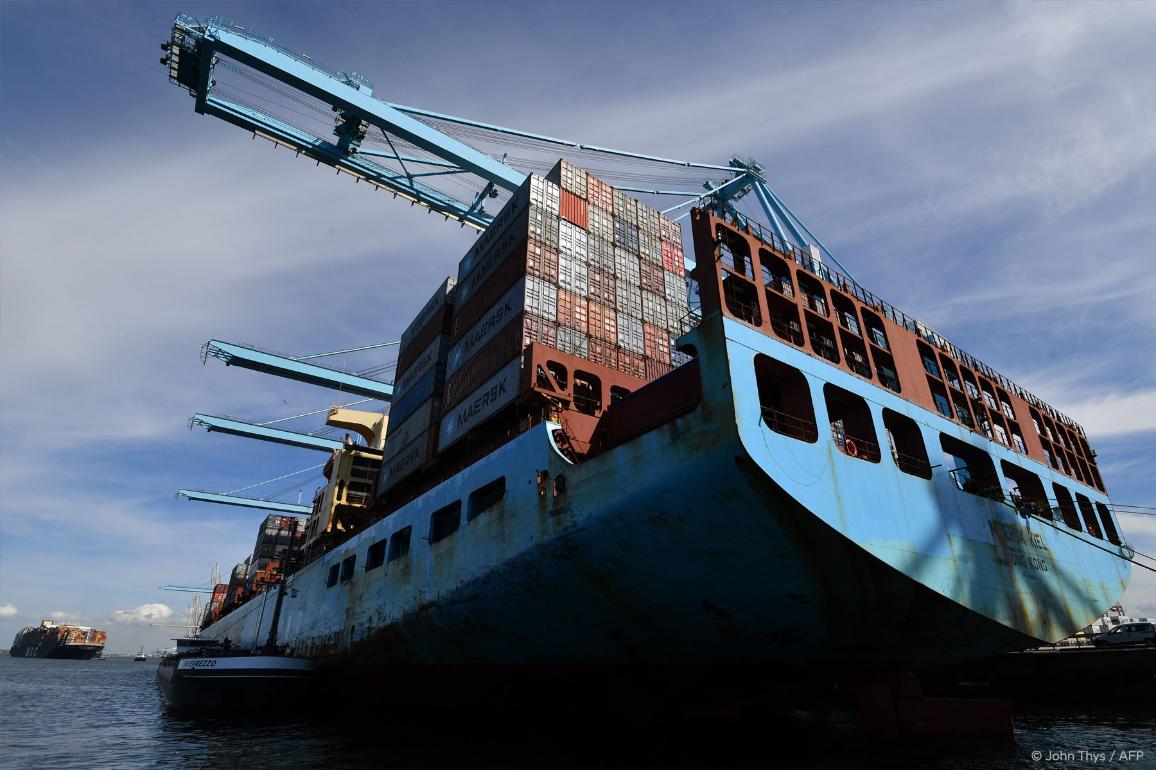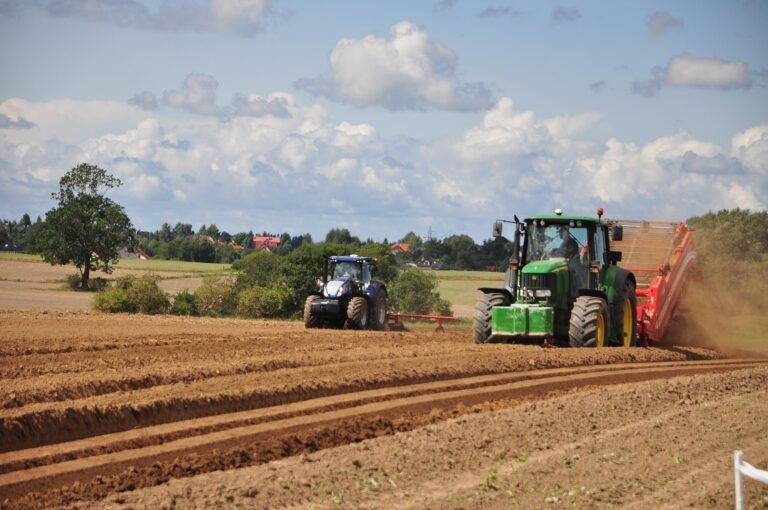The anti-coercion instrument will be the EU’s new tool to fight economic threats and unfair trade restrictions by non-EU countries.
Why does the EU need a new tool to tackle trade conflicts?
Global trade can help to boost wealth and create jobs. However, sometimes countries resort to blackmail or trade restrictions to give their companies an unfair advantage, leading to trade conflicts with the EU.
As this is becoming more frequent, additional tools are needed.
Read more about the EU’s trade defence instruments
China’s coercion of Lithuania
The anti-coercion instrument will help the EU deal with countries restricting trade to try to force a change in EU policies. One example is the trade restrictions China imposed on Lithuania after it announced it was improving trade relations with Taiwan in June 2021.
A few months after the announcement, Lithuanian companies reported difficulties renewing or concluding contracts with Chinese firms. They also had issues with shipments not being cleared and not being able to file customs paperwork. Parliament has denounced China’s economic coercion of Lithuania in several resolutions.
What measures can the EU currently take to resolve trade conflicts?
The EU can make use of a range of anti-dumping measures. The EU can impose fines on non-EU countries if they are found to be dumping products in Europe. The fine takes the form of anti-dumping duties or tariffs on the dumped products.
The EU is also a member of the World Trade Organization, which can help to resolve disputes between members. However, procedures can take a very long time and don’t cover all infringements.
How will the anti-coercion instrument work?
The aim of the anti-coercion tool is to act as a deterrent, allowing the EU to resolve trade conflicts through negotiation.
However, as a last resort it could be used to launch countermeasures against a non-EU country, including a wide range of restrictions related to trade, investment and funding.
Next steps
Parliament and Council reached an agreement on the final text of the legislation on 6 June 2023, which was backed by Parliament’s international trade committee on 26 June 2023.
MEPs are expected to vote on the agreement during the plenary session on 2-5 October. After that the Council will have to approve it before it can enter into force.
Source: europarl.europa.eu






















